From vegnews.com
These high-protein vegan recipes are exactly where you get your plant-based protein
Current marketing trends place far too much emphasis on protein. The fact is that a vast majority of Americans get plenty of this macronutrient regardless of which diet they follow. However, there are situations that may require certain individuals to pay a bit more attention to their protein intake. Athletes need more protein than those who live sedentary lifestyles—about 1.2 grams of protein per kilogram of body weight as opposed to the average 0.8 grams/kilogram. Other health conditions or goals may also up a person’s daily protein quota for a certain period of time. Vegan meals can pack on protein just as well as animal-based meals, and these meals can be more varied than scooping plant-based protein powder into everything (though that works, too). Here are all your plant-based protein questions answered plus 10 high-protein vegan recipes to hit your macros every day.
@veganbodybuildingandfitness/Instagram
Can vegans get enough protein?
Most vegans don’t have to worry about getting enough protein. All whole foods naturally contain protein, so if you eat a mostly whole food, plant-based diet and consume enough calories for your needs, then there’s no need to crunch any numbers—you’ll get enough protein without thinking about it. For those who do enjoy the quantitative aspect of nutrition, protein requirements are fairly easy to calculate. The USDA’s Recommended Daily Allowance is 0.36 grams of protein per pound of body weight. To calculate your protein needs, multiply your weight in pounds by 0.36, and the result is the number of grams of protein you need each day. For example, a 130-pound woman should aim for 46.8 grams of protein per day, and a 170-pound man should aim for 61.2 grams of protein per day. Note: this formula is designated for the “average” individual—someone who may exercise on occasion but not at high intensities nor a majority of the week. Those who are more active—who exercise at a moderate to high intensity at least four days a week—should aim for 0.7 grams of protein per pound of body weight. This is a general guideline—to truly optimize performance, a plant-based dietitian can help fine-tune your exact protein needs based on your activity level.
Given these average daily protein requirements—between 47 grams and 61 grams—it’s not difficult for vegans to naturally consume enough protein. Let’s say you enjoy a bowl of oatmeal every morning with a dollop of nut butter. The soy or pea milk you use to cook the oats contains eight grams of protein. The half cup of oats contains five grams of protein. And the tablespoon of peanut butter will provide an additional four grams of protein. In total, that’s 17 grams of protein just for a morning meal. Add in lunch, dinner, and snacks, and you’re well into the protein comfort zone.
Where to get vegan protein
This bears repeating: all whole foods contain some amount of protein. Yes, there are drastic differences in protein content between foods, but technically speaking, there is protein in every food. In fact, if one were to only eat 2,000 calories worth of broccoli every day, they’d still get 146 grams of protein. (Please, don’t actually try eating 2,000 calories of broccoli—we use this example just to prove a point.) Vegetables have protein, too, and it’s not necessary to rely on animals for their protein content.
Common sources of vegan protein include nuts and seeds, grains, beans and legumes, seitan, plant-based protein powder, soy or pea milk, and plant-based meats. There’s a wide variety to choose from, which makes the vegan diet anything but boring and bland.
@plantbasedonabudget/Instagram
High-protein vegan food
First, let’s define what high protein means. There is no technical or legal definition for high protein—which is why you’ll see it slapped onto virtually any food product—but for our sake, we’re setting the bar at eight grams per single serving. Why? The dairy industry touts cow’s milk as a high-protein food, and a cup of cow’s milk (as well as pea or soy milk) contains eight grams of protein. So, anyone arguing that eight grams isn’t high protein can take that up with the dairy marketing giants.
Plant-based meats have set a new bar for high-protein plant foods. Conventional vegan burger patties and other beef alternatives provide up to 20 grams of protein, and plant-based butchers are outdoing the store-bought options with protein counts in the high 20s. For example, The Very Good Butcher’s Ribz boasts a whopping 27 grams of protein per 100-gram serving. With just 150 calories and 3.5 grams of fat, this nutritional profile is unmatched compared to cow or pig-based ribs which come in at over 230 calories, 17 grams of fat, and 18 grams of protein.
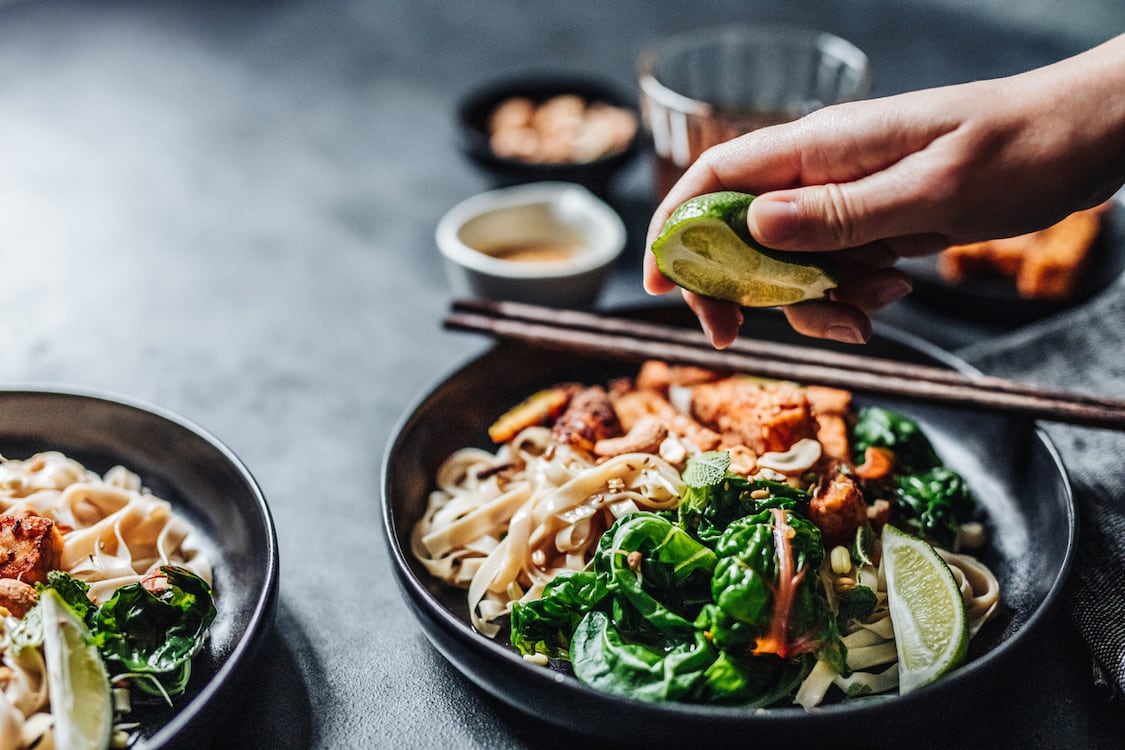
Vegan protein powder can also offer a significant protein boost. Most brands range from 18 grams to 30 grams of protein per serving. In a pinch, adding a scoop to a smoothie or bowl of oats can virtually guarantee you hit your protein quota.
Whole plant-based sources of protein include tofu, quinoa, lentils, soy and pea milk, and peanut butter. Yes, while other nut butters do contain moderate amounts of protein, old-school peanut butter reigns supreme with this macronutrient.
10 high-protein vegan recipes
1High-Protein Vegan Quinoa Hemp Tabouli
Combine a protein-heavy grain like quinoa with an equally robust seed like hemp and you’ve got a protein-packed grain-and-herb salad like tabouli. Scoop this onto warmed pita bread or mound it over a Mediterranean-inspired Buddha bowl for added texture, flavour, and nutrition.
GET THE RECIPE
2Vegan & Gluten-Free Black Bean Brownies
Dessert shouldn’t be the meal you rely on to reach your protein goals, but a protein-heavy sweet doesn’t hurt. These fudgy brownies provide a moderate amount of protein not just by incorporating black beans but also quinoa flour and a healthy dose of chia seeds and walnuts. Wash one down with a glass of chilled soy milk and your modest dessert carries the protein equivalent of a small meal.
GET THE RECIPE
Jeeca Uy
3Vegan Sticky Sweet Char-Siu Tofu
The protein content of tofu varies depending on the variety of tofu—silken tofu weighs in around four grams whereas extra-firm hovers around nine grams. Pick up a high-protein tofu—like Wildwood—and you’ll consume upwards of 14 grams per serving. The point is, tofu is naturally high in protein, but sometimes we crave a preparation outside of our everyday scramble or air-fryer technique. These seared slabs of tofu are bold in flavor and high in protein. Go ahead, have seconds.
GET THE RECIPE
Jackie Sobon
4Chocolaty Vegan Peanut Butter Smoothie Bowl
On the go? Thin out this high-protein smoothie bowl of banana, chocolate plant-based protein powder, and creamy peanut butter with a little extra soy or pea milk for a slurpable breakfast or post-workout pick-me-up. No matter how you take it, the protein count will be in the double digits.
GET THE RECIPE
5Vegan Protein Pancakes With Spinach and Chia
Sweet and healthy enough for breakfast, this morning staple relies on spinach and chia seeds to provide a powerful protein boost. Not into chia? Use mini vegan chocolate chips instead or add a dash of your favourite plant-based vanilla protein powder to your batter.
GET THE RECIPE
Carina Skrobecki Photography
6Two-Step Vegan Snickerdoodle Energy Bites
These easy, healthy, cookie-inspired energy bites are made with almond butter for a nutty, slightly sweet, protein-packed snack perfect for busy days. Enjoy on long hikes, summer beach days, or in between Target runs.
GET THE RECIPE
Isa Chandra Moskowitz
7Beefy Vegan Tempeh & Broccoli
While we wait for chains like Panda Express to provide a plant-based Beef & Broccoli option, this meaty tempeh version will do just fine. Tempeh is a longstanding vegan protein source made from fermented soybeans. A three-ounce serving clocks in at 18 grams of protein. Combine that with a hefty serving of broccoli and you’ve got a high protein meal that concurrently scratches that itch for takeout.
GET THE RECIPE
Amy Angelo
8Vegan Pumpkin Sage Pasta with Blackened Tempeh
Yes, tempeh delivers a solid amount of plant-based protein, but to really up the nutrition, choose a bean-based pasta like Banza. A sensible two-ounce serving contains an impressive 11 grams of protein thanks to the chickpea flour base. Think of this comforting meal as a grown-up version of mac and cheese with hot dog slices.
GET THE RECIPE
Hannah Kaminsky
9Vegan Sweet Potato Chili
After you’ve been vegan for a while, you’ll realize that the main dish doesn’t have to provide the bulk of your protein. Sides can more than suffice to provide both essential nutrients and satiety. Pair these savoury, slightly sweet, and meaty baked beans with steamed collards and blacked corn on the cob for a tempting meal made from the best sides.
GET THE RECIPE
Terry Hope Romero
10Vegan White Bean & Pozole Verde
Seitan stands in for traditional animal products in this belly-warming pozole. The meaty bits made from vital wheat gluten provide necessary texture and chew to this hearty stew plus 18 grams of protein. Couple that with a can of creamy and protein-rich white beans, and this soup will eat like a meal.
GET THE RECIPE

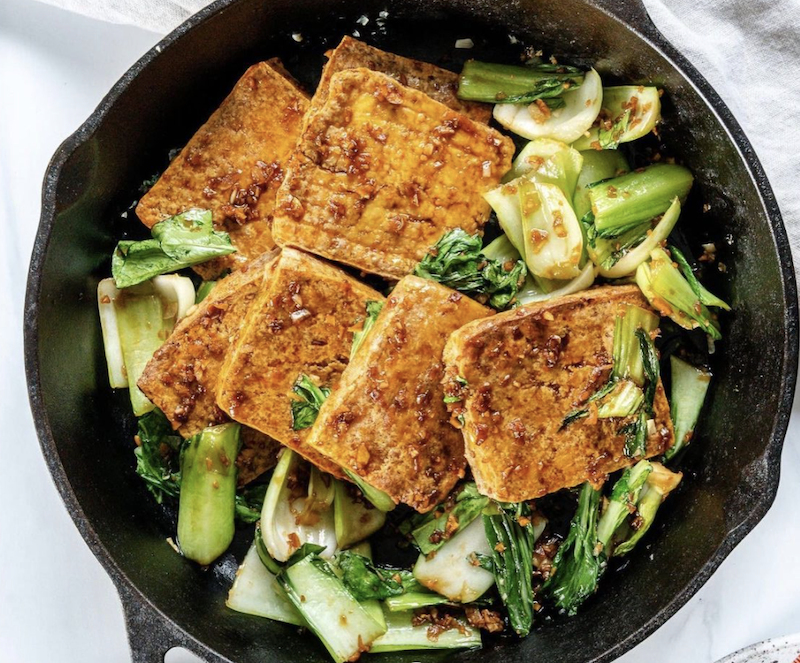
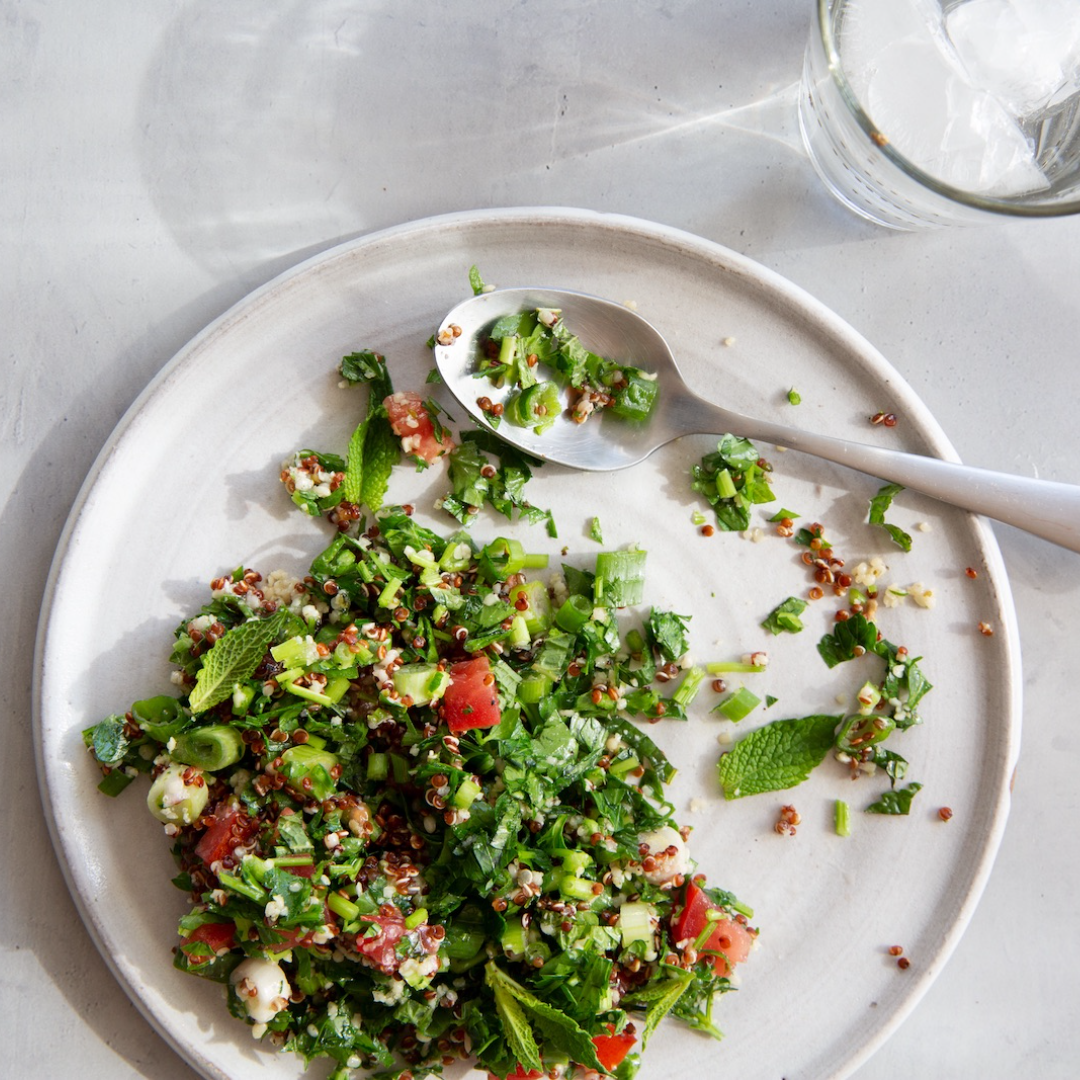
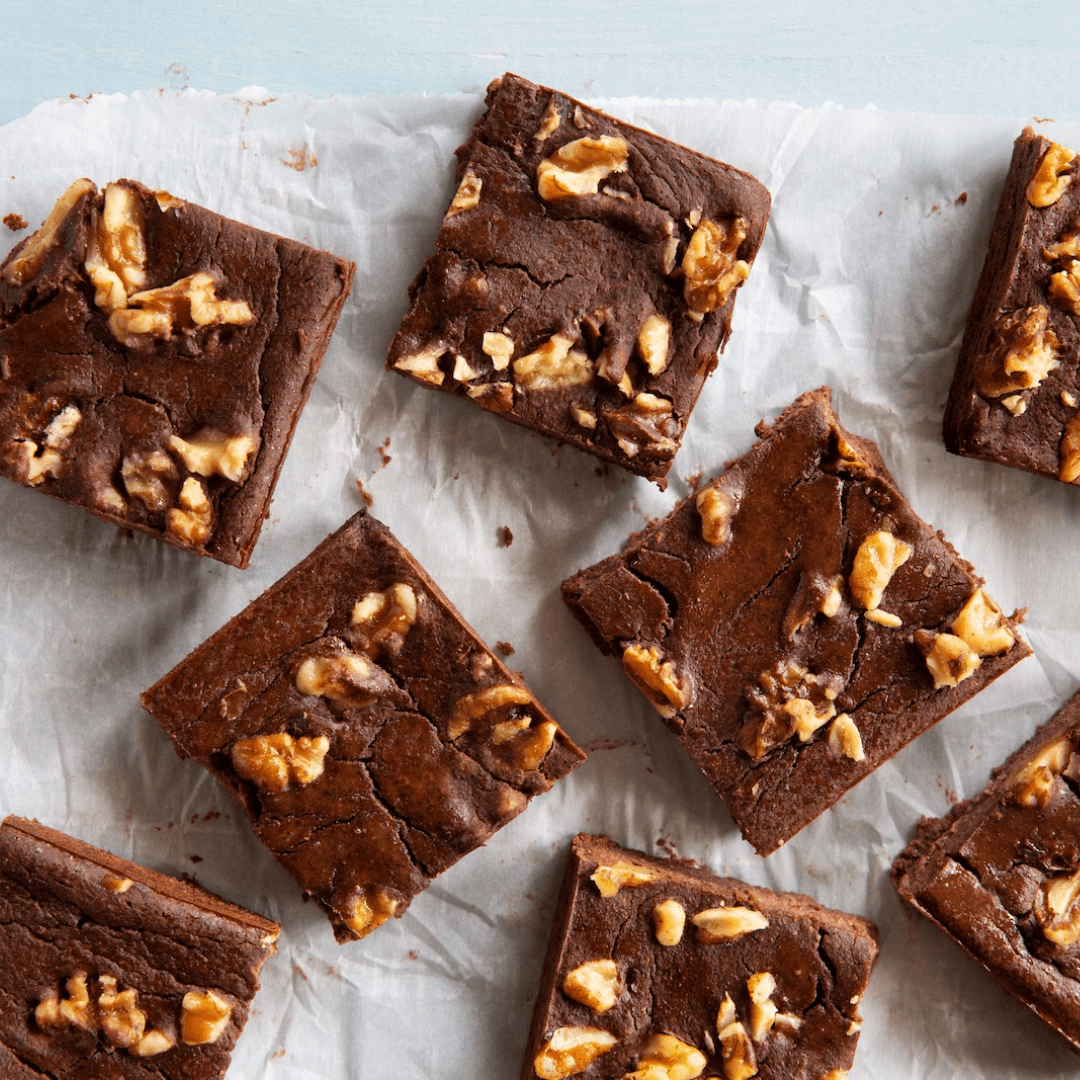
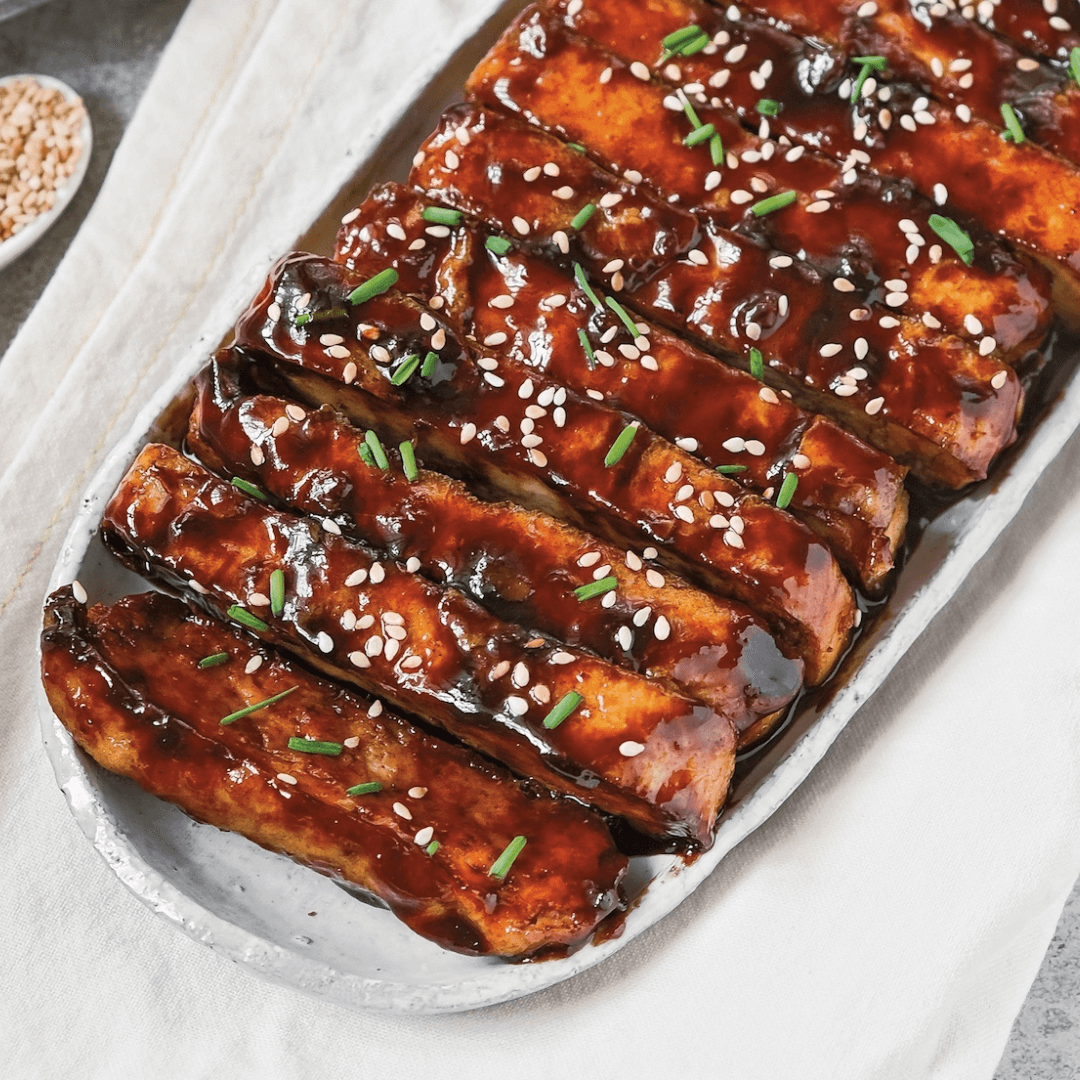
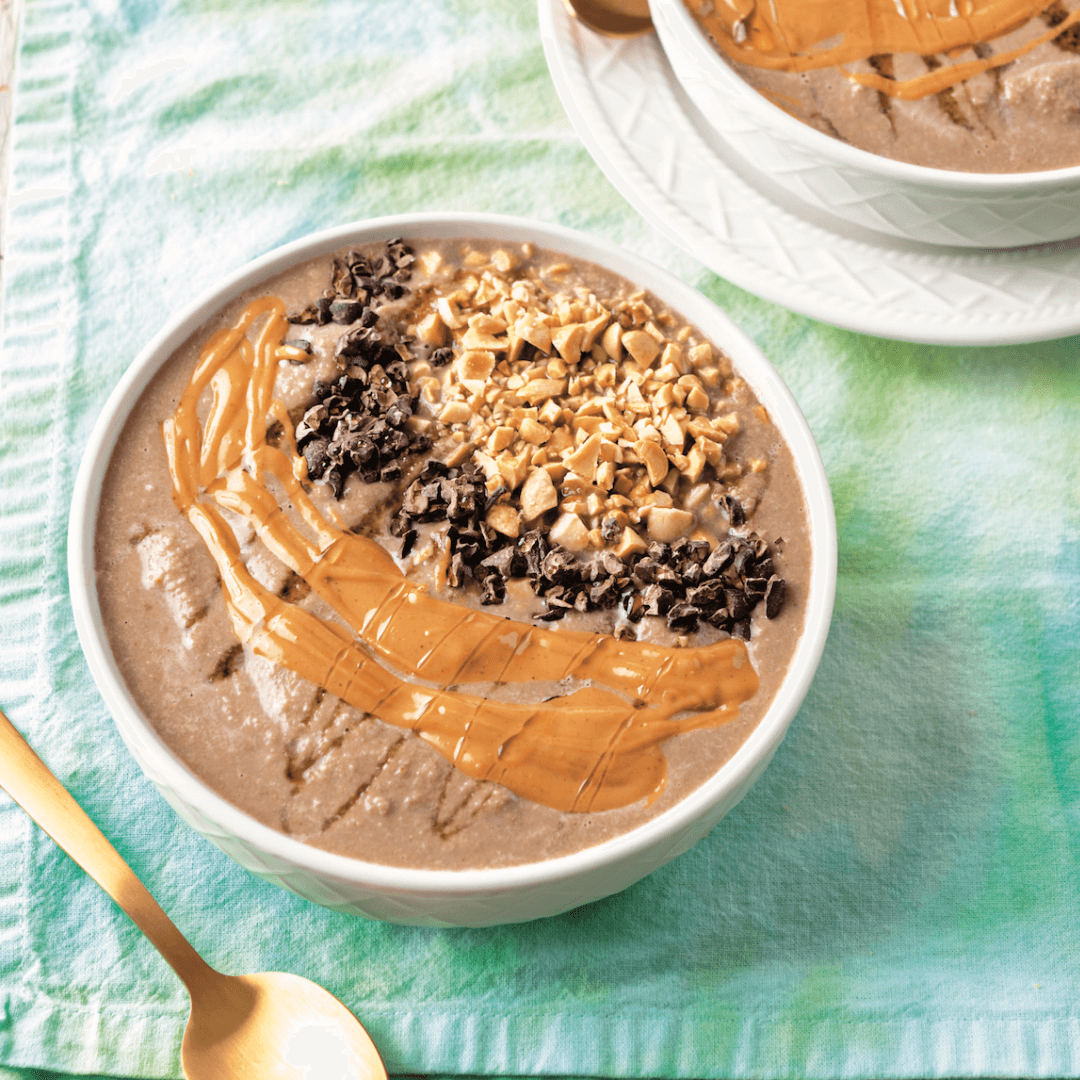
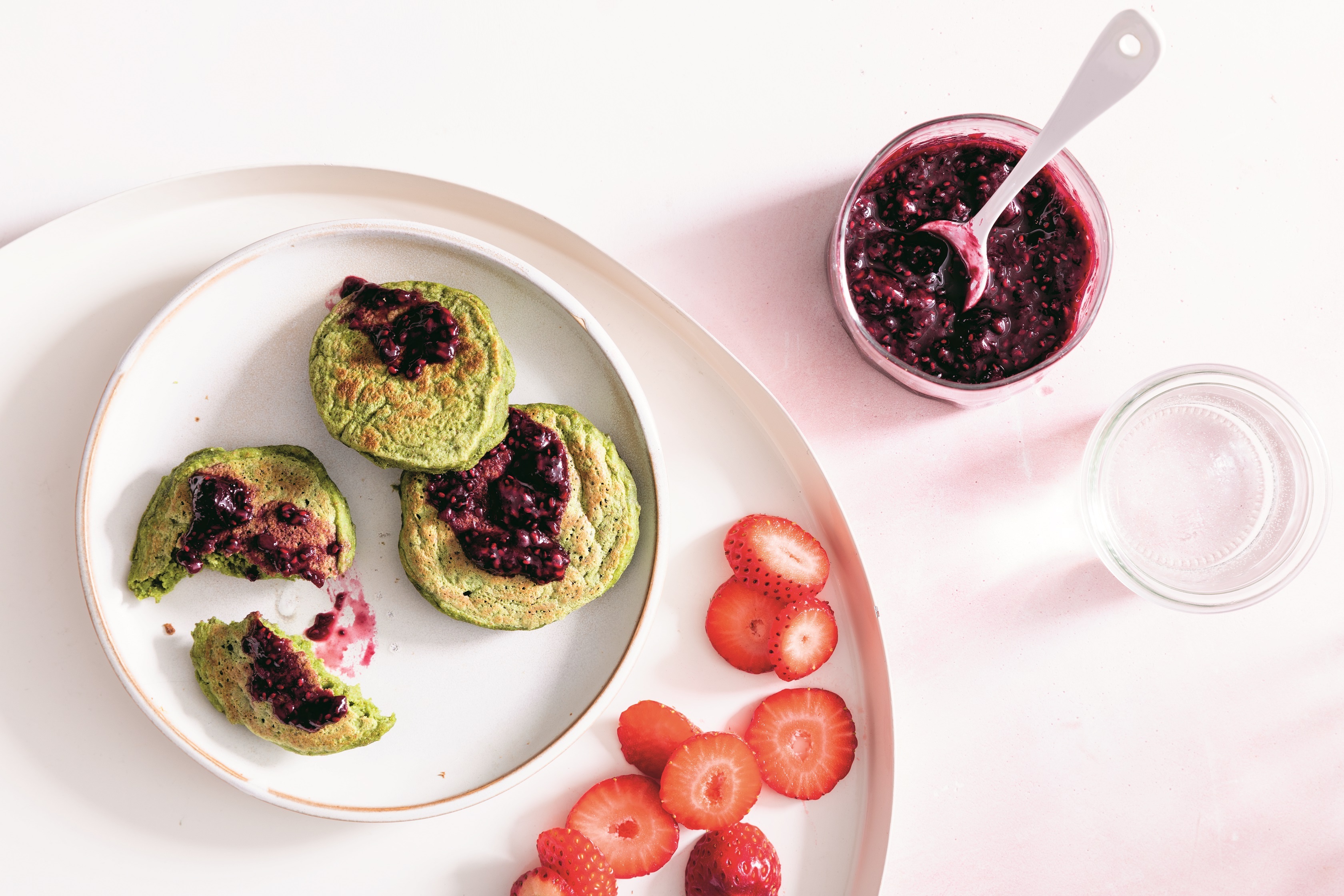
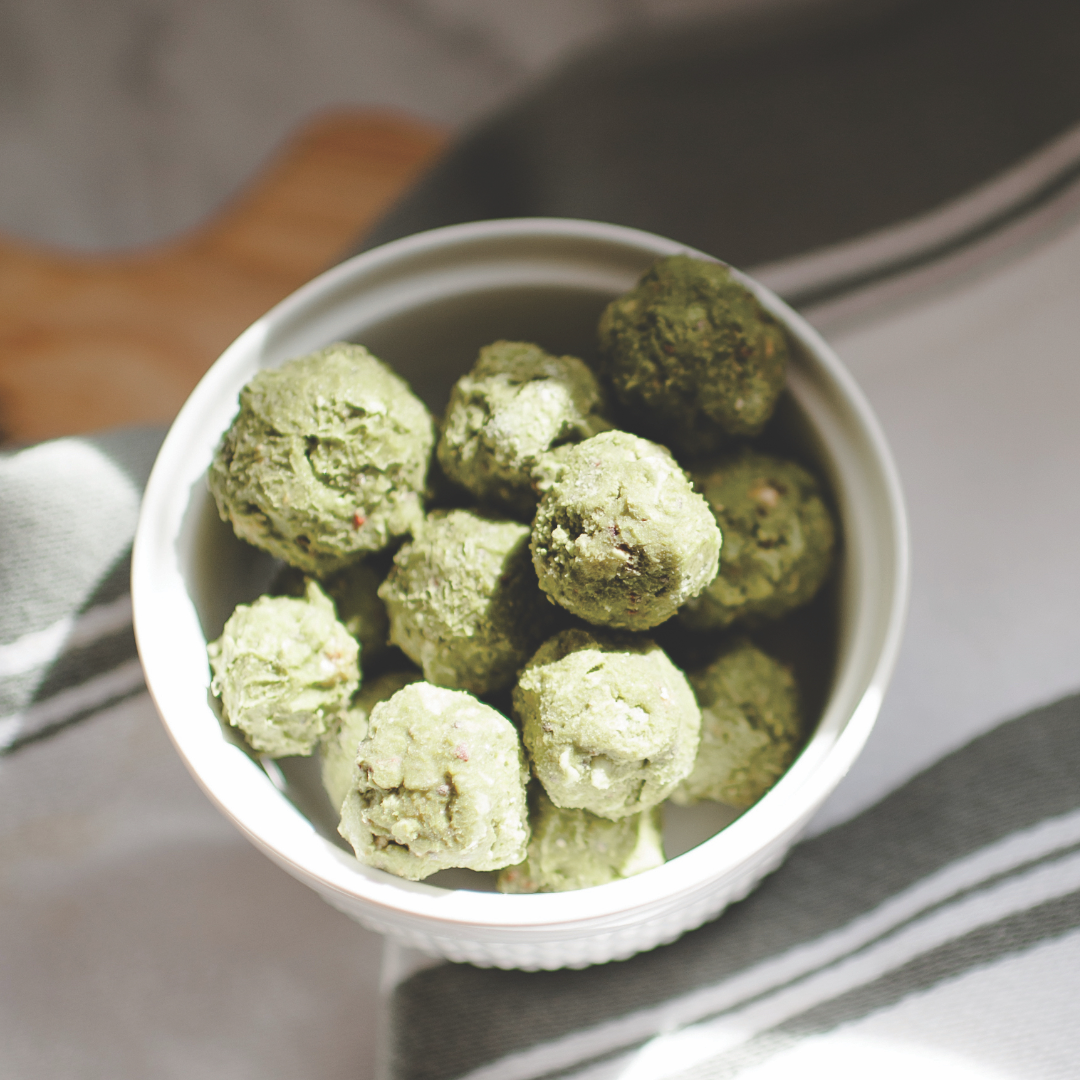
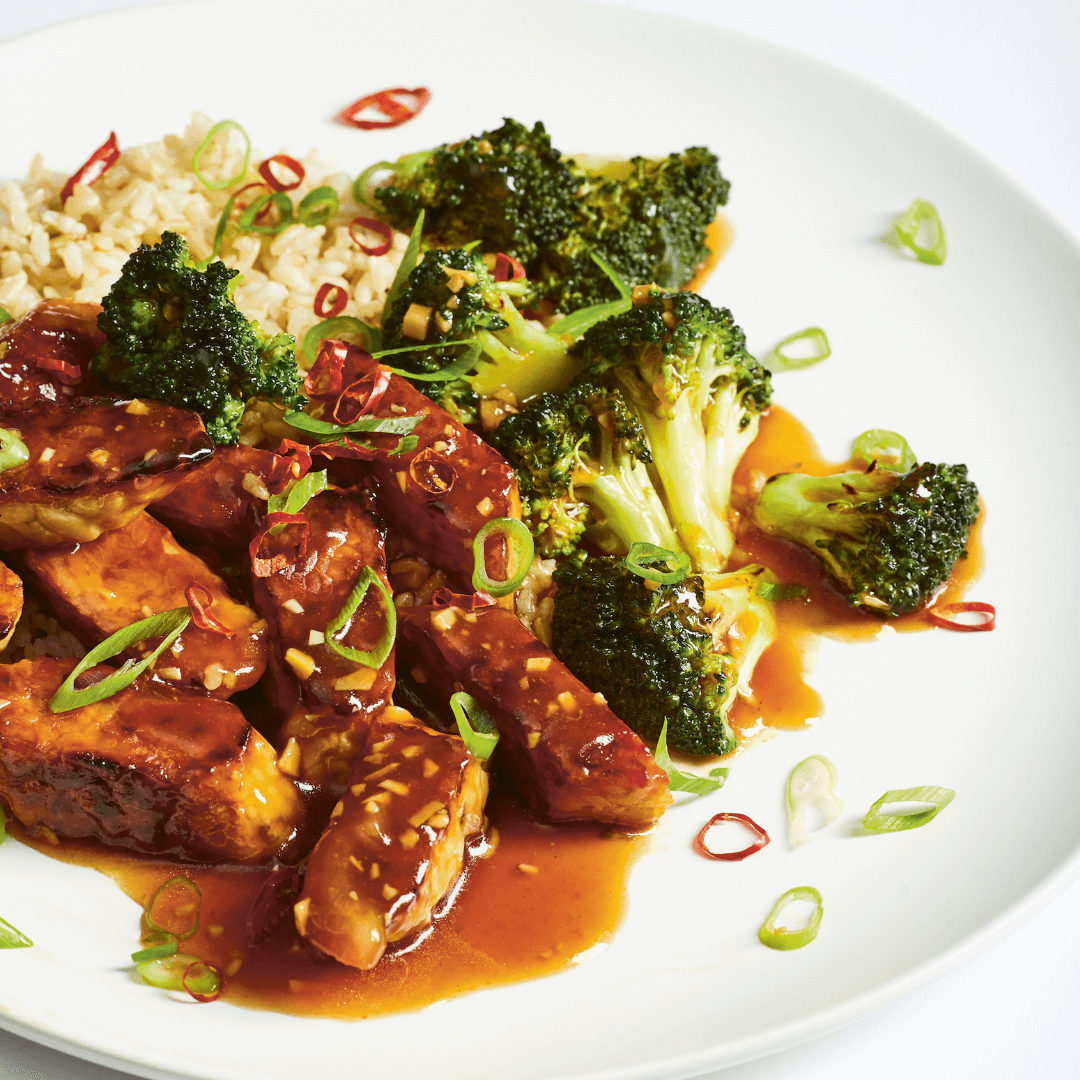
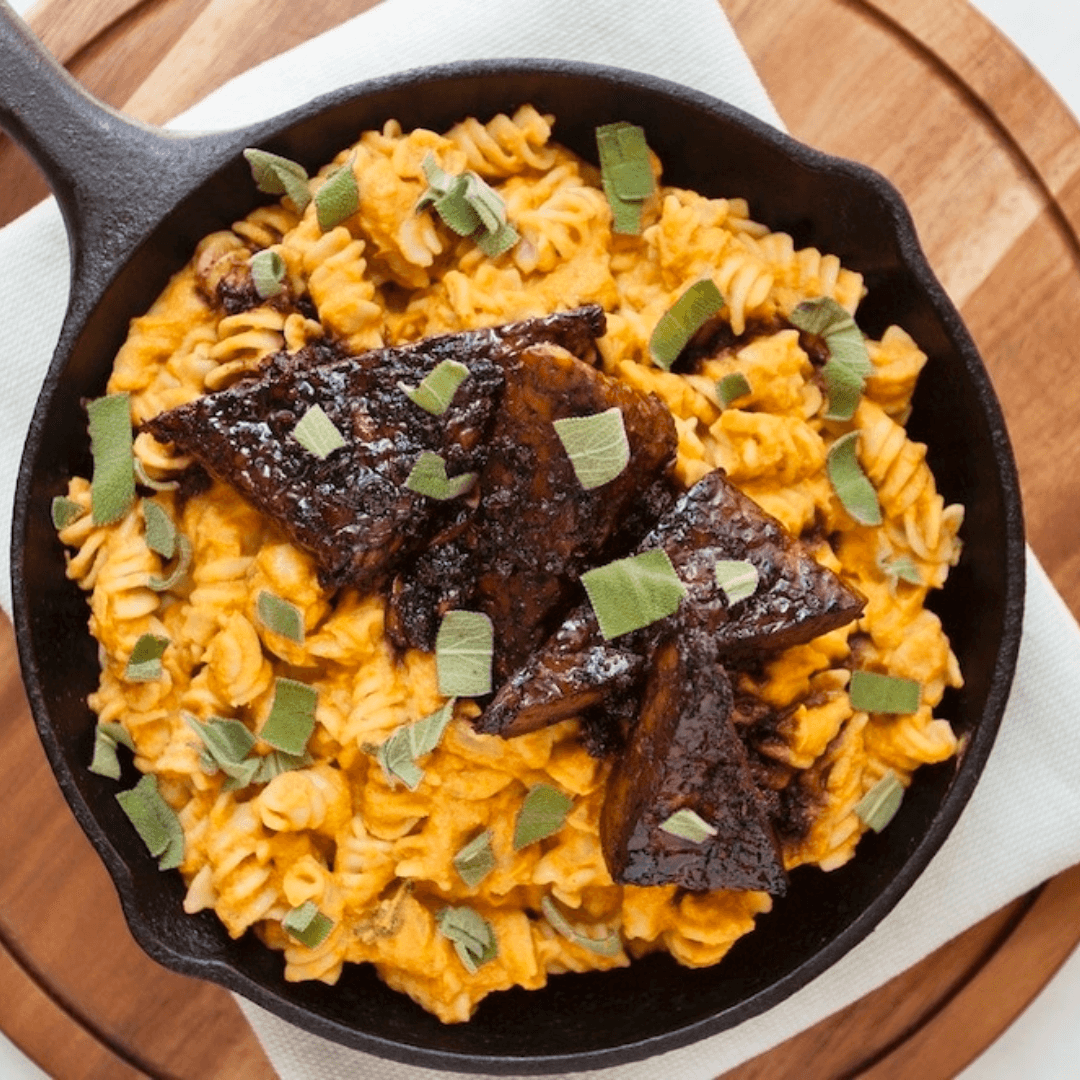
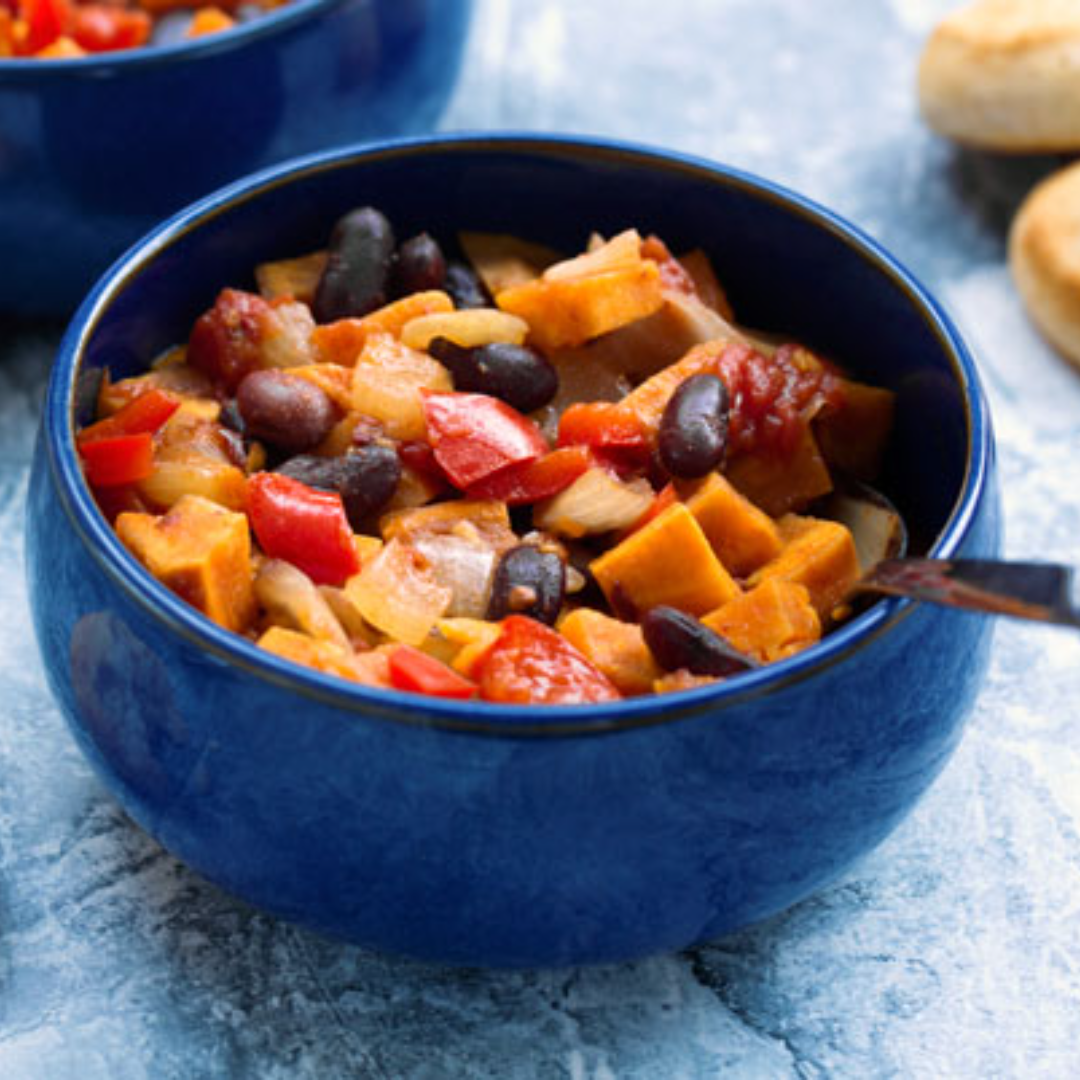
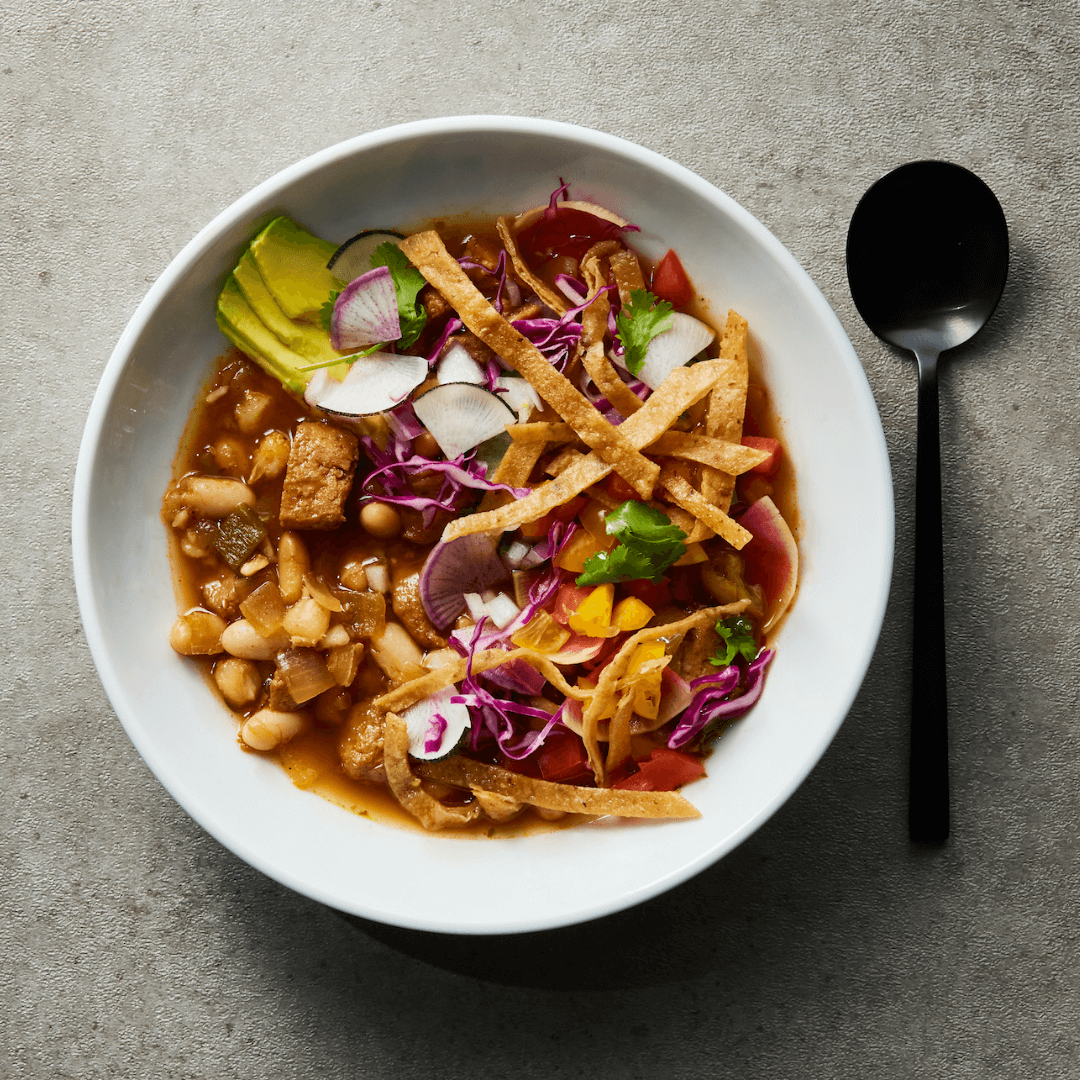
No comments:
Post a Comment